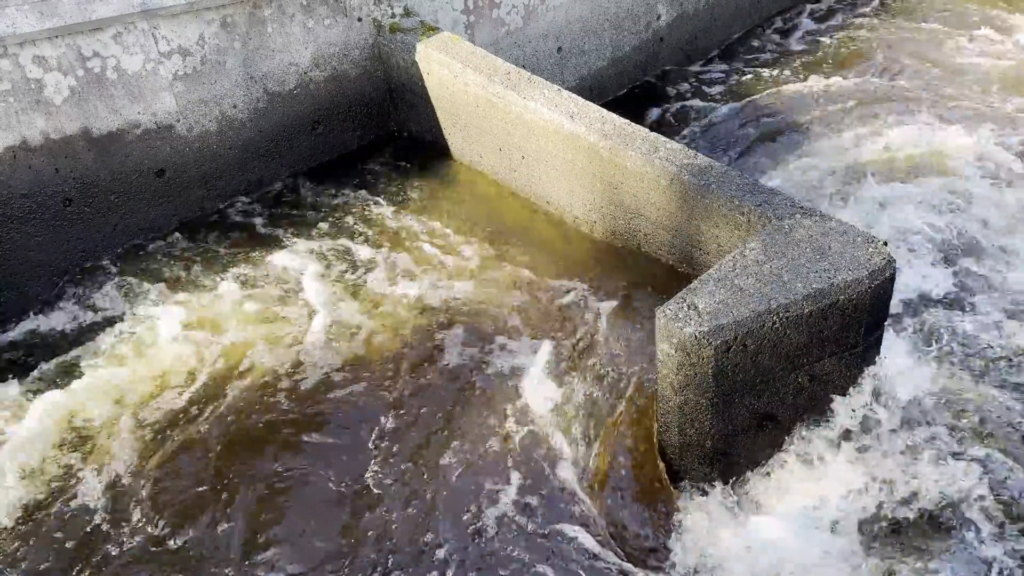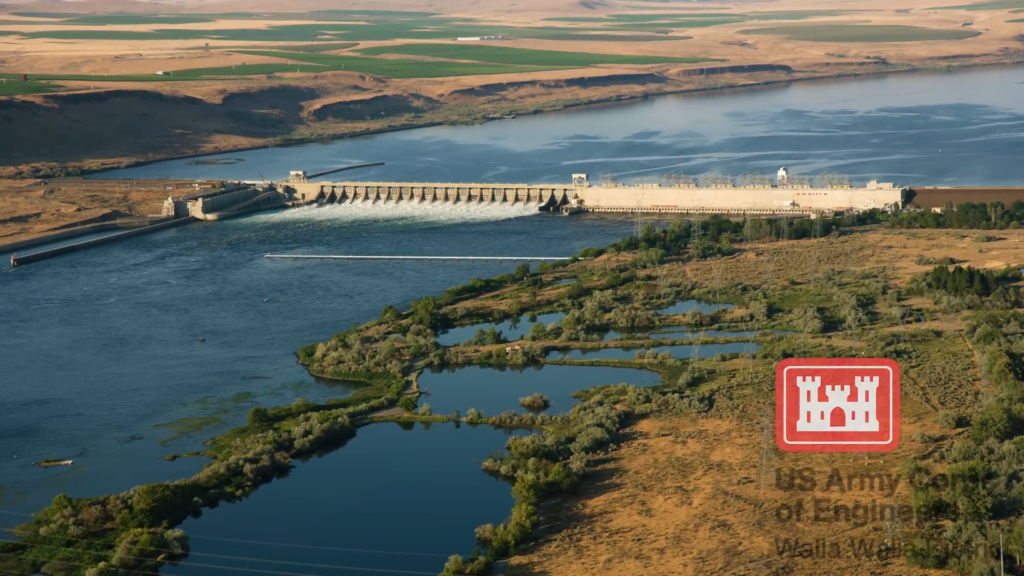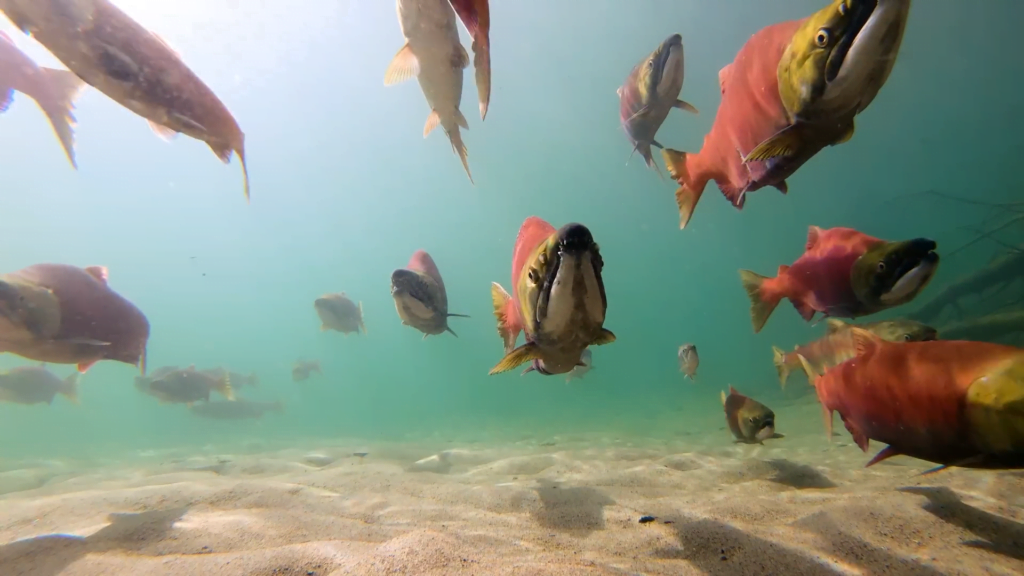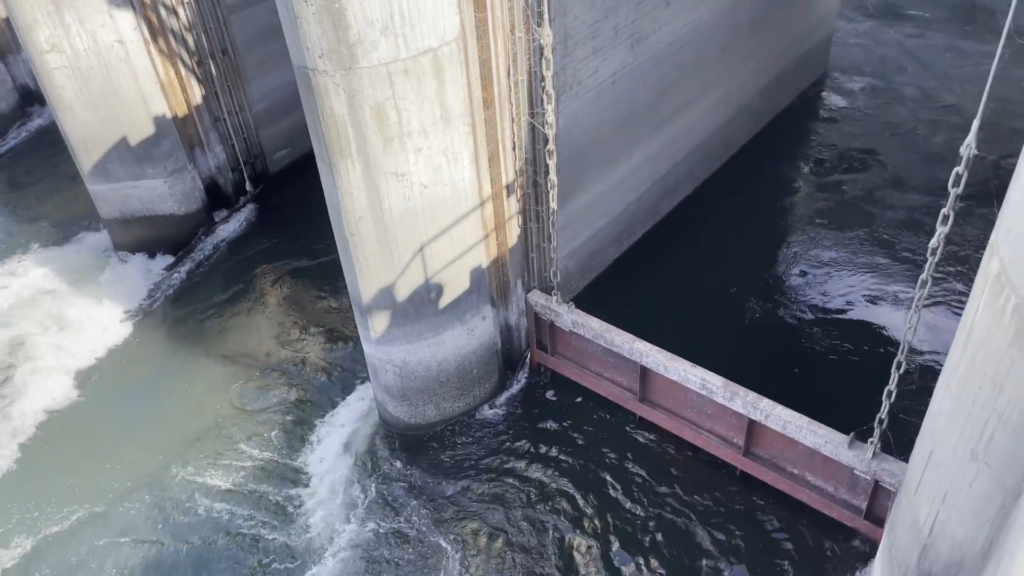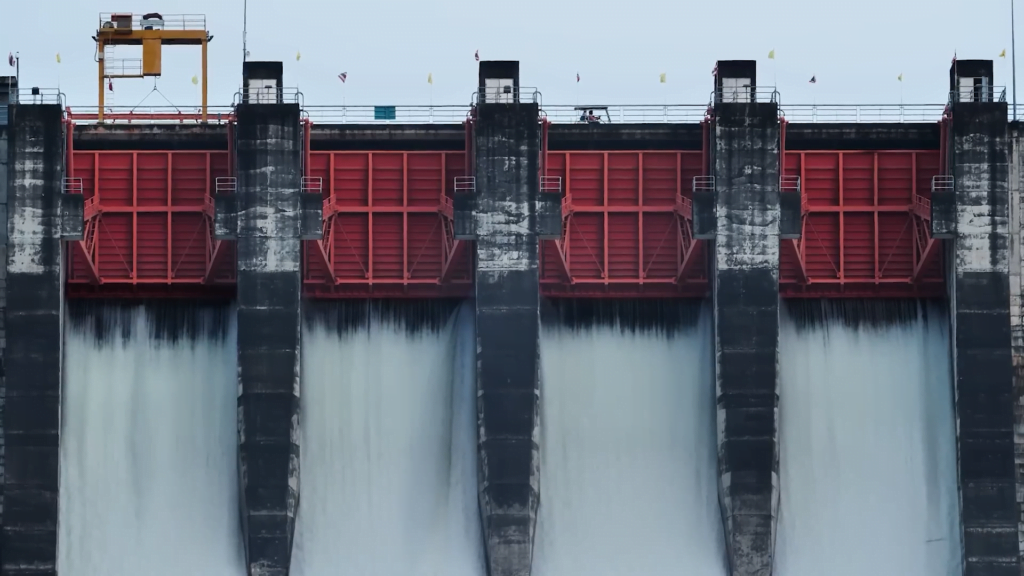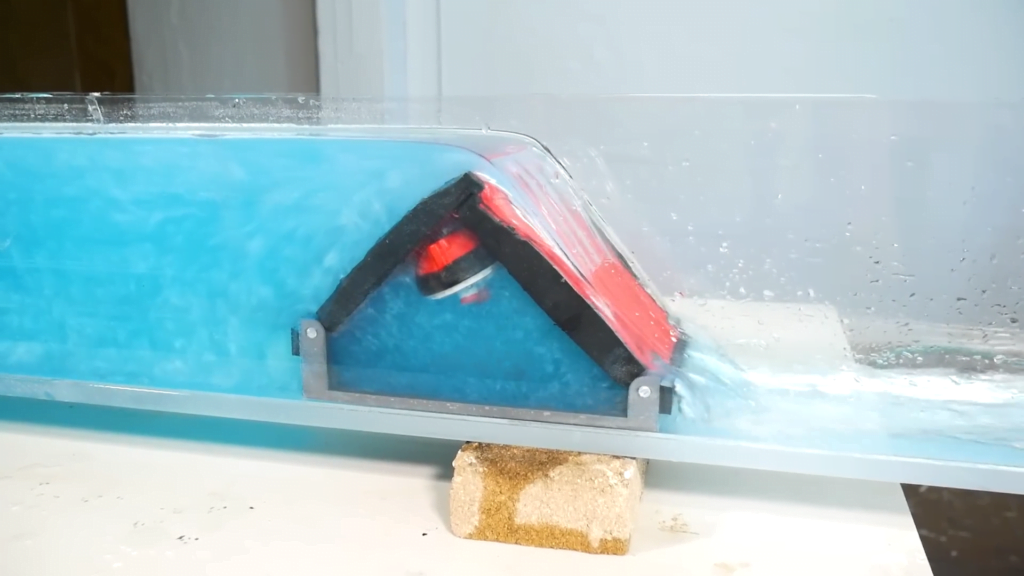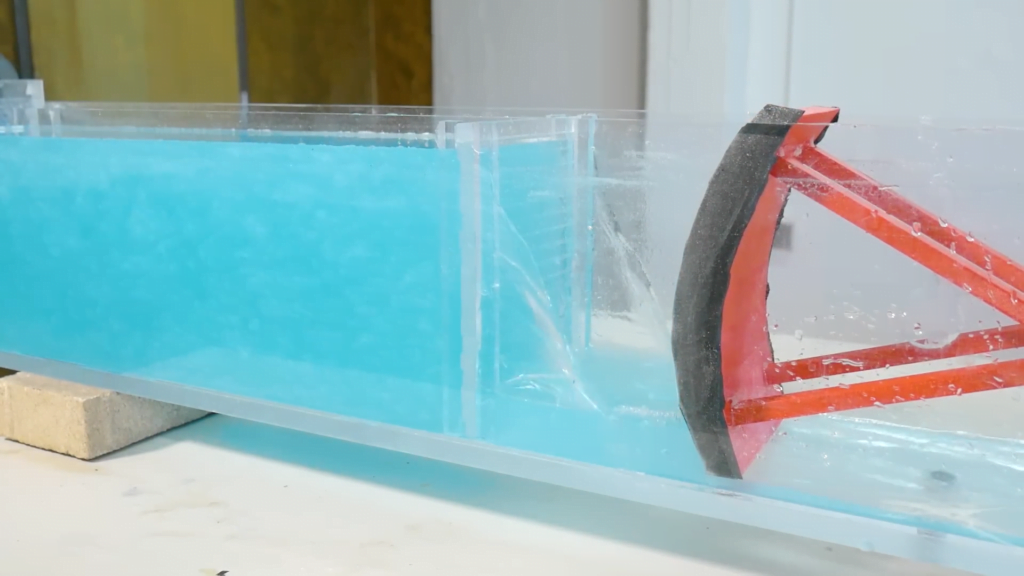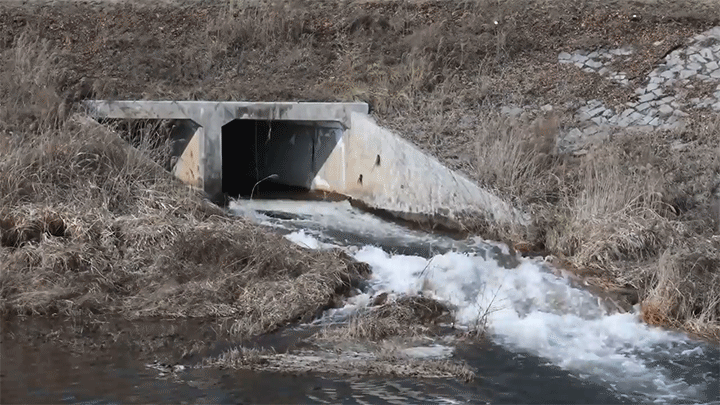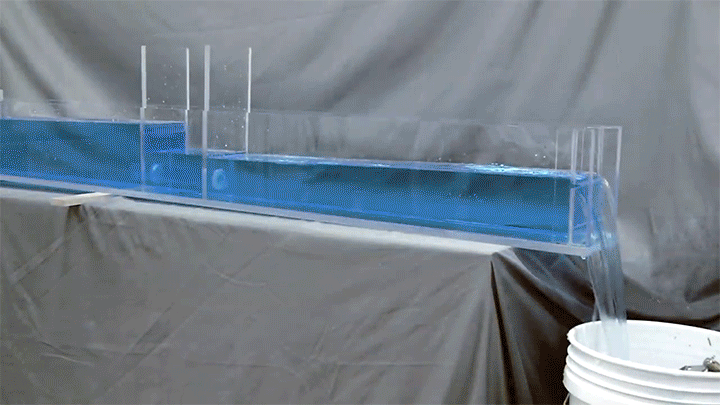In 452, Roman refugees established what became the city of Venice across a series of low-lying marshy islands in a lagoon. With no solid ground available, Venice has needed clever engineering for its infrastructure, as discussed in this Primal Space video. That started with building the first piles — which still survive to this day — by driving long timbers down into harder clay levels. Because these wooden poles sit entirely below the water and are capped with stone foundations, they are preserved against rotting.
As Venice grew over the next thousand years, its citizens had other infrastructure problems to solve. When fresh water needs outstripped what could be delivered by boat from the mainland, Venetians redesigned the substructure of each square to capture, filter, and store rainwater. And to wash away waste, they designed tunnels that use gravity and the daily tides to flush out sewage. (Video and image credit: Primal Space)






